With this being January 6, 2019, I would like to extend a Happy New Year to you and your loved ones. I hope that 2019 brings you many happy travel experiences and that you get to acquire and have fun with lots of new photography gear!
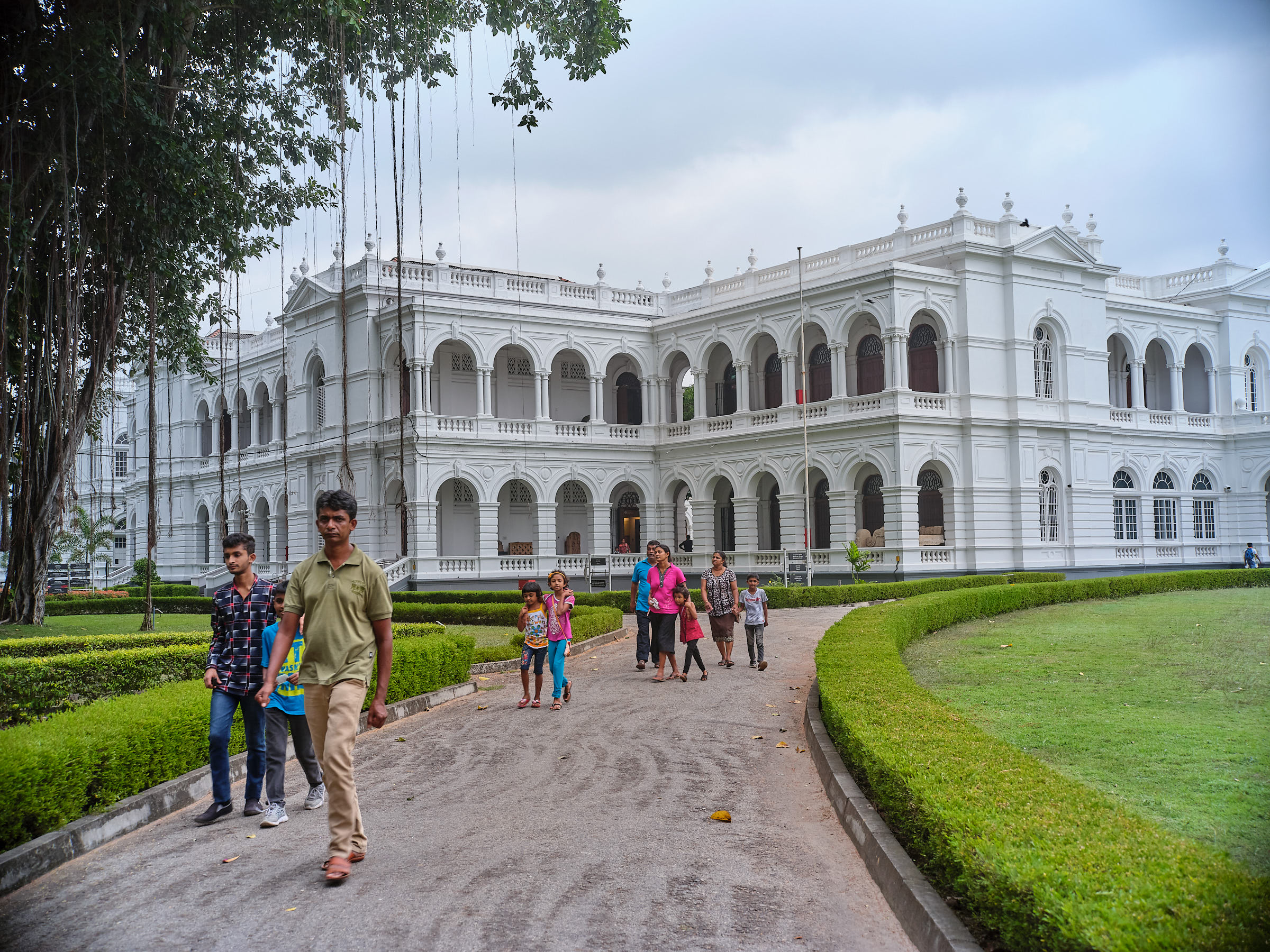
Based on the private messages I receive and the comments posted on blog entries, it has become apparent that the majority of current visitors are coming here to learn more about the Fujifilm GFX50R.
I’m surprised at the level of interest in a relatively expensive medium format camera, but am excited to see more people interested in joining the Fujifilm club. I should warn you that this brand’s products are as addictive as Leica! In no time, you’ll have an X-T3 and a 50R in your collection.
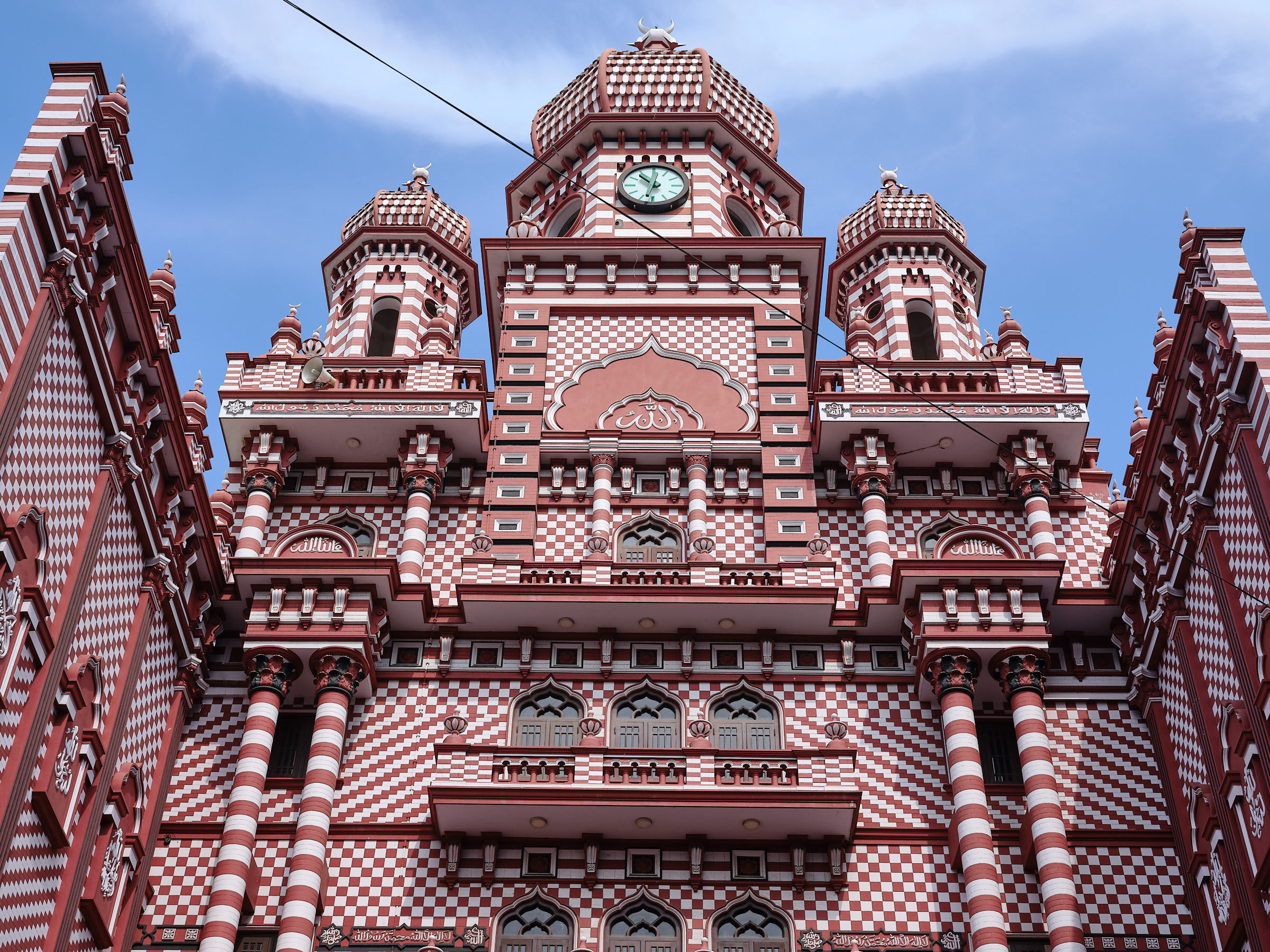
You may have read my experience of taking the 50R on a short weekend trip tp Bali where I started to fall in love with the camera. There were several “wow” moments when looking at the detail in the files and being awestruck that this level of performance can be stashed in a 5L sling bag.
The real test however was to come, with a trip planned to Sri Lanka for 14 days. I’ve started to share images from that trip in individual posts by city, but given that it will take some time to post those, I thought I’d share how the 50R performed in a more demanding environment than resort hotels in Bali.
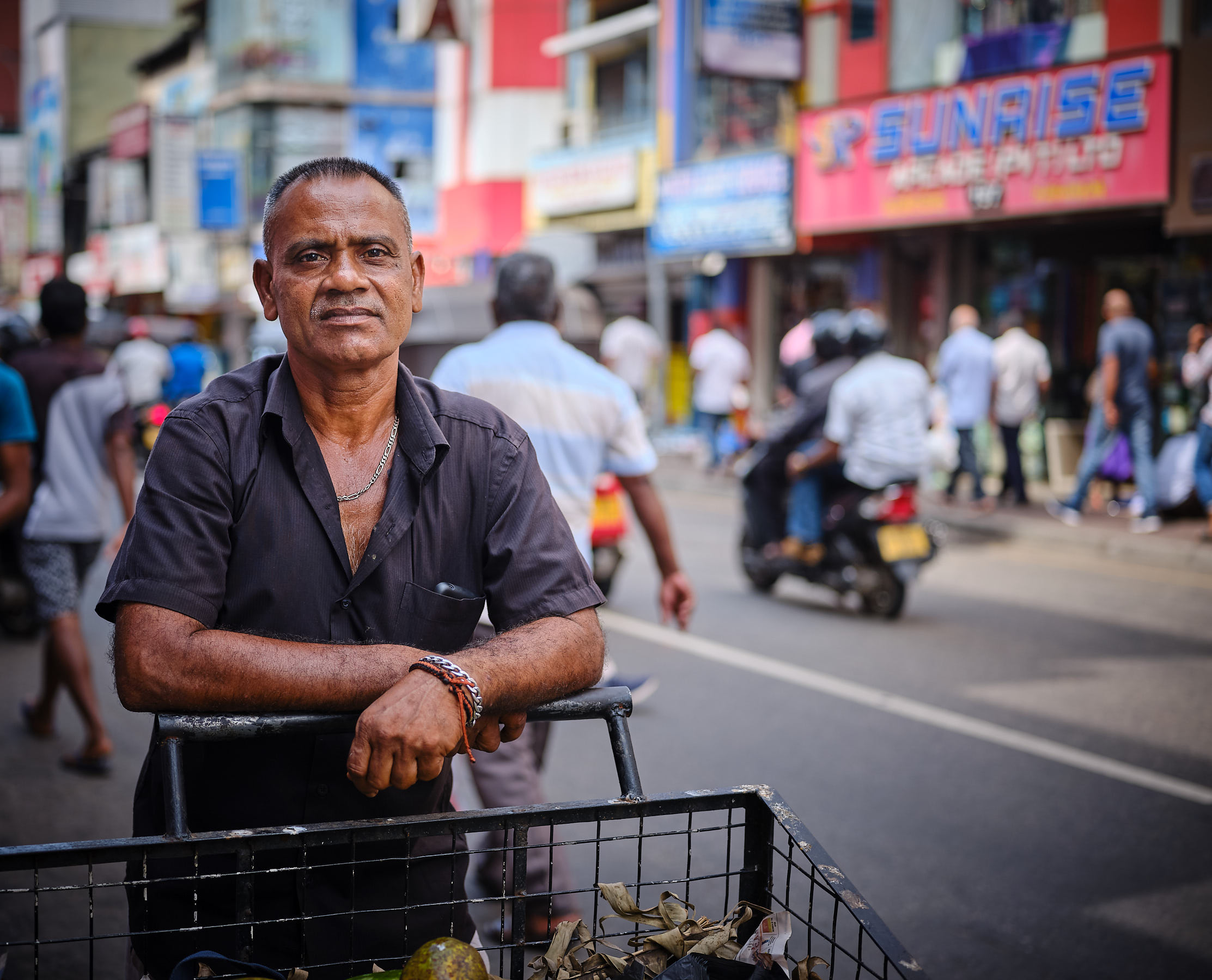
As you can imagine, Sri Lanka is a pretty tough environment for a camera. Many of the sites we visited were outdoors, in the wind, rain, and dust. The tourist spots were full of people, with barely an inch of personal space, so changing lenses and the like were always going to be a good test of the 50R.
I took the 50R with the GF63 and GF45 lenses. I also took the Voigtlander 50MM F1.2 and Leica Summilux 35MM FLE F1.4 with a Kipon adapter. To ensure I had long reach, I also brought the Fujifilm X-Pro2 and the 55-200. Since I was bringing the X-Pro2, I thought I should bring the XF16 F1.4 and the XF23 F2 for when I needed a smaller camera. This ended up being a lot of gear and somewhat unnecessary.

I’m happy to say that the bond with the 50R has grown stronger during this trip, but it hasn’t been perfect and I did uncover some downsides that revealed themselves through usage patterns during the two weeks.
Let’s start with the good stuff
The 50R continues to amaze me with its resolution and edge-to-edge sharpness. My travel partner has a Sony A7R3 with G-Master lenses (24-70 is what he primarily used for this trip) and an M10 with a 35MM Summicron.
Throughout the trip, we compared images and he was taken aback by the corner resolution of the Fujinon lenses. The Sony has resolution in spades, so there isn’t much to compare there, but it’s the corners where the Fujinon lenses really show a difference. Where the GM lenses will show some loss of resolution, the Fujinon GF lenses continue to have strong performance.
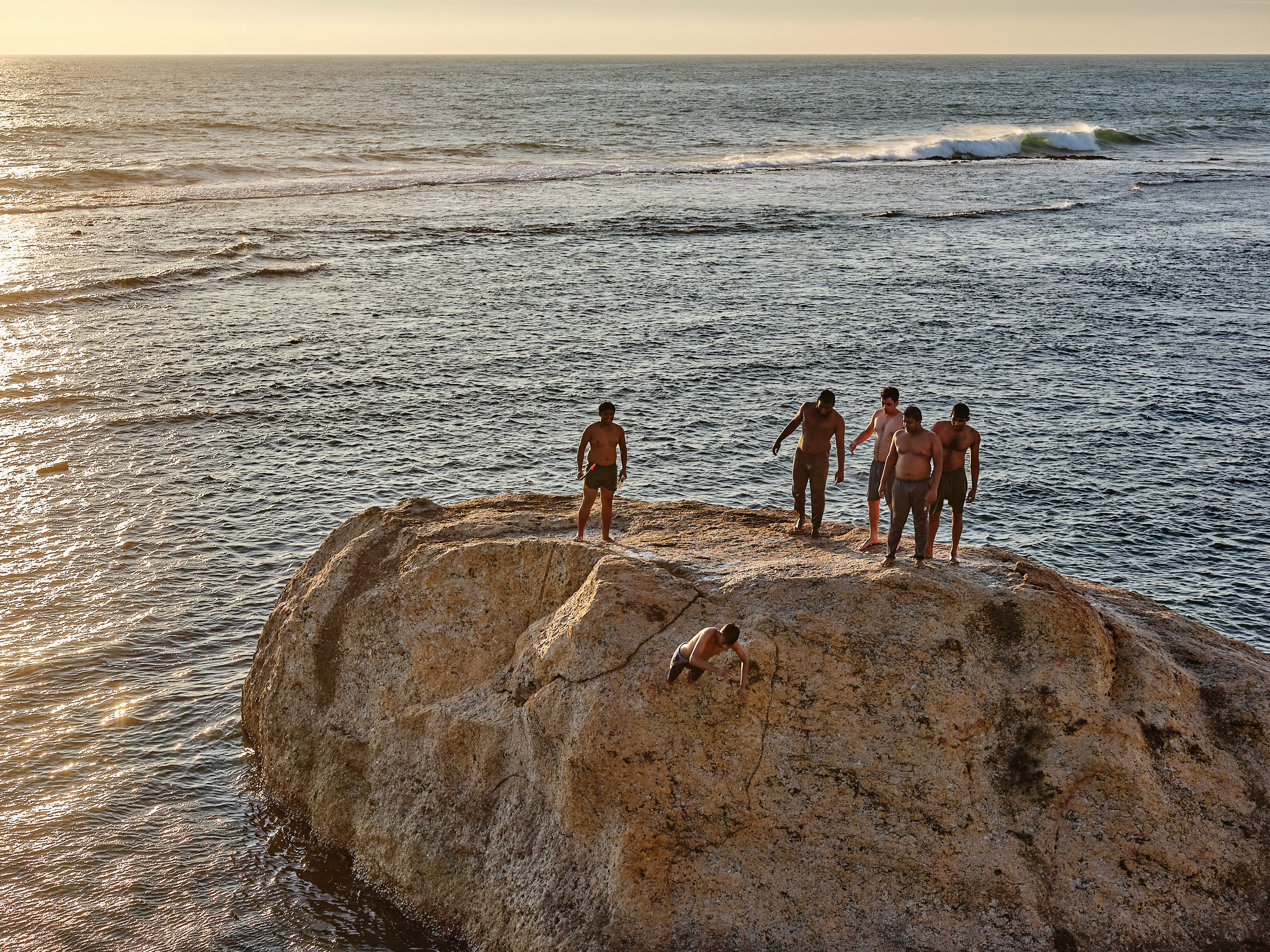
Going into the buying decision for the 50R, I had focused all my research and energy on the camera itself. I love the rangefinder style with the left EVF and the manual dial controls. As a strategist, I felt that was Fujifilm’s differentiating advantage (why nobody copies this is beyond my comprehension; imagine a Sony A7R4 with Fujifilm-esque manual dials!). However, after this trip, I’ve come to realize that the real differentiation for Fujifilm in the Medium Format category are their lenses.
If you’re a Capture One Pro (C1) user, I’ve noticed something annoying and have confirmed it’s by design. When you import images, C1 will read the lens information and apply its own distortion correction and cropping, rather than using the OP codes from the RAW file. This is irritating because the C1 corrections do not match Fujifilm’s and the framing will be slightly different.
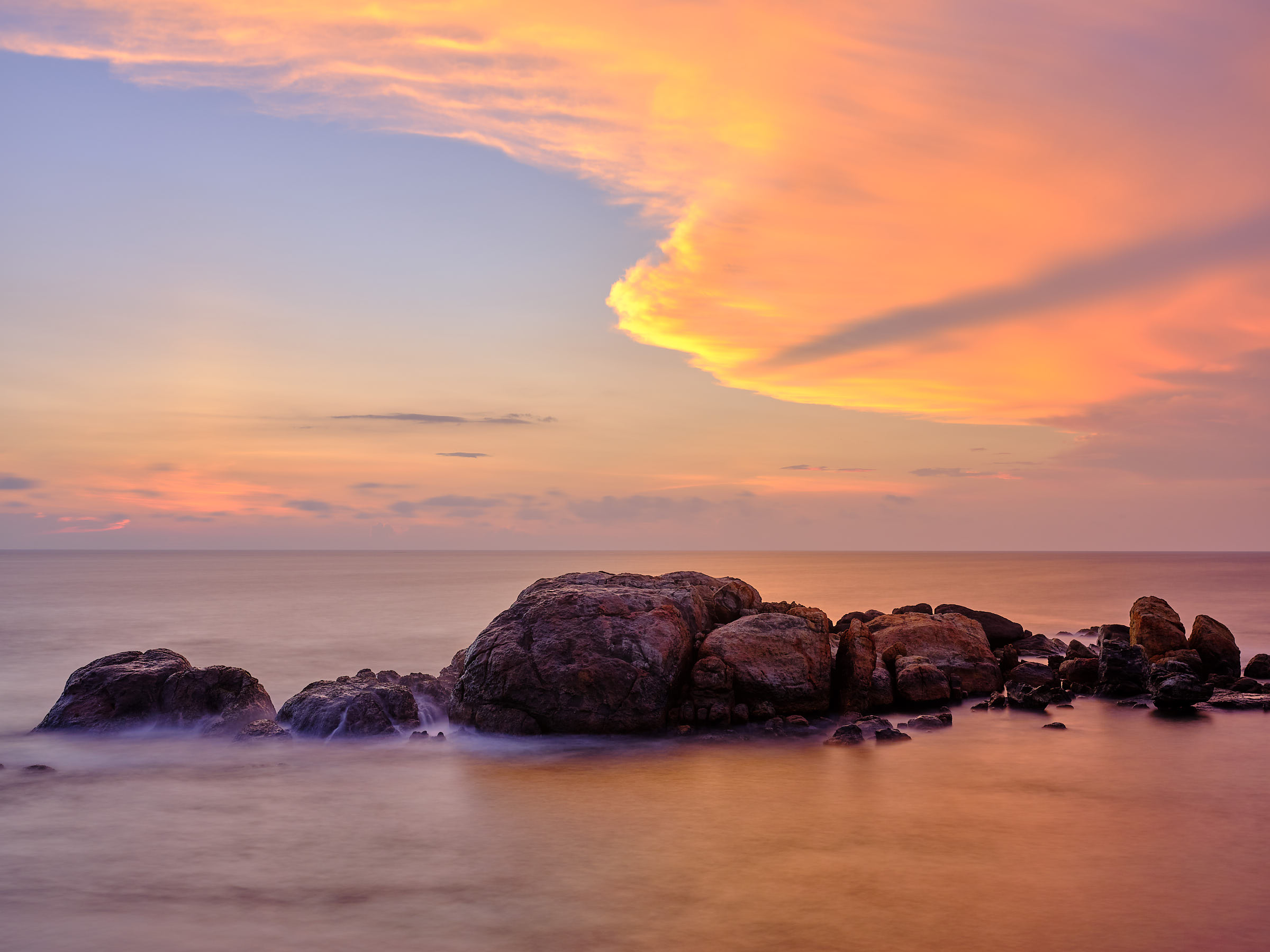
To correct this, you have to go into the lens panel in each image and select “Manufacturer’s Profile” for the lens profile. I haven’t figured out how to do this automatically on import; if you’ve found a way, please let me know; I’ll buy you a beer anywhere you are in the world.
The resolution and the sharpness of the images the 50R produces provides for large latitude in cropping. This is clearly a positive, but you’ll see that I note this as a negative later on as well because it makes me somewhat sloppy. Images from the 50R that look amazing on a large screen look poorly composed and distant on Instagram.
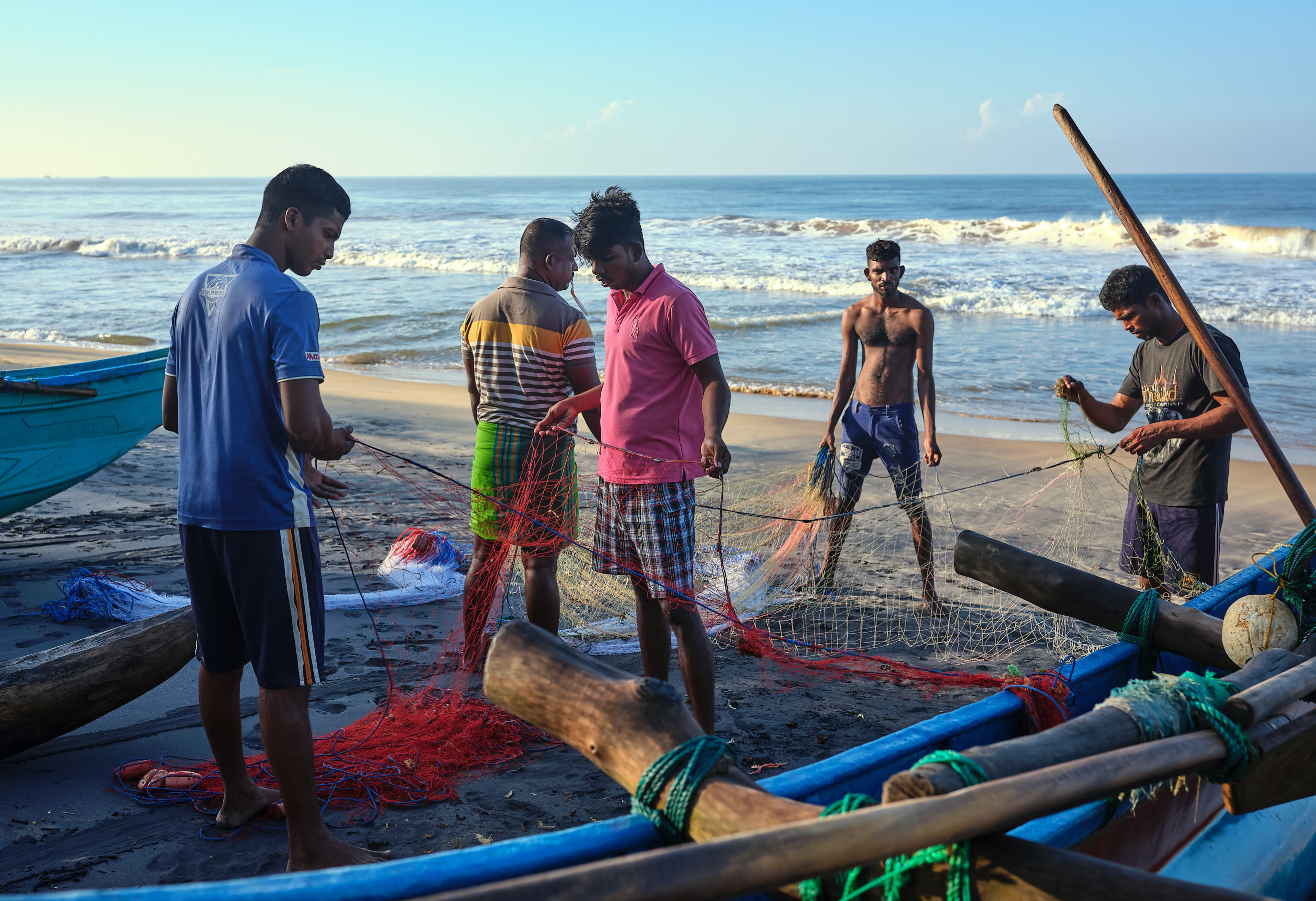
A concern I’ve read often when people are considering buying high megapixel cameras is the file size and the implications that has to storage and processing power. I’ve been pleasantly surprised to find that the processing in C1 for the 50R RAW files is pretty fast. I would say it’s on-par with the processing time it takes to work with 24MP X-Trans files.
The lossless compressed RAW files are around 50MB and the accompanying JPEG files are around 20MB. I went through one 64GB SD card and made a small dent in the second 128GB card over 14 days.
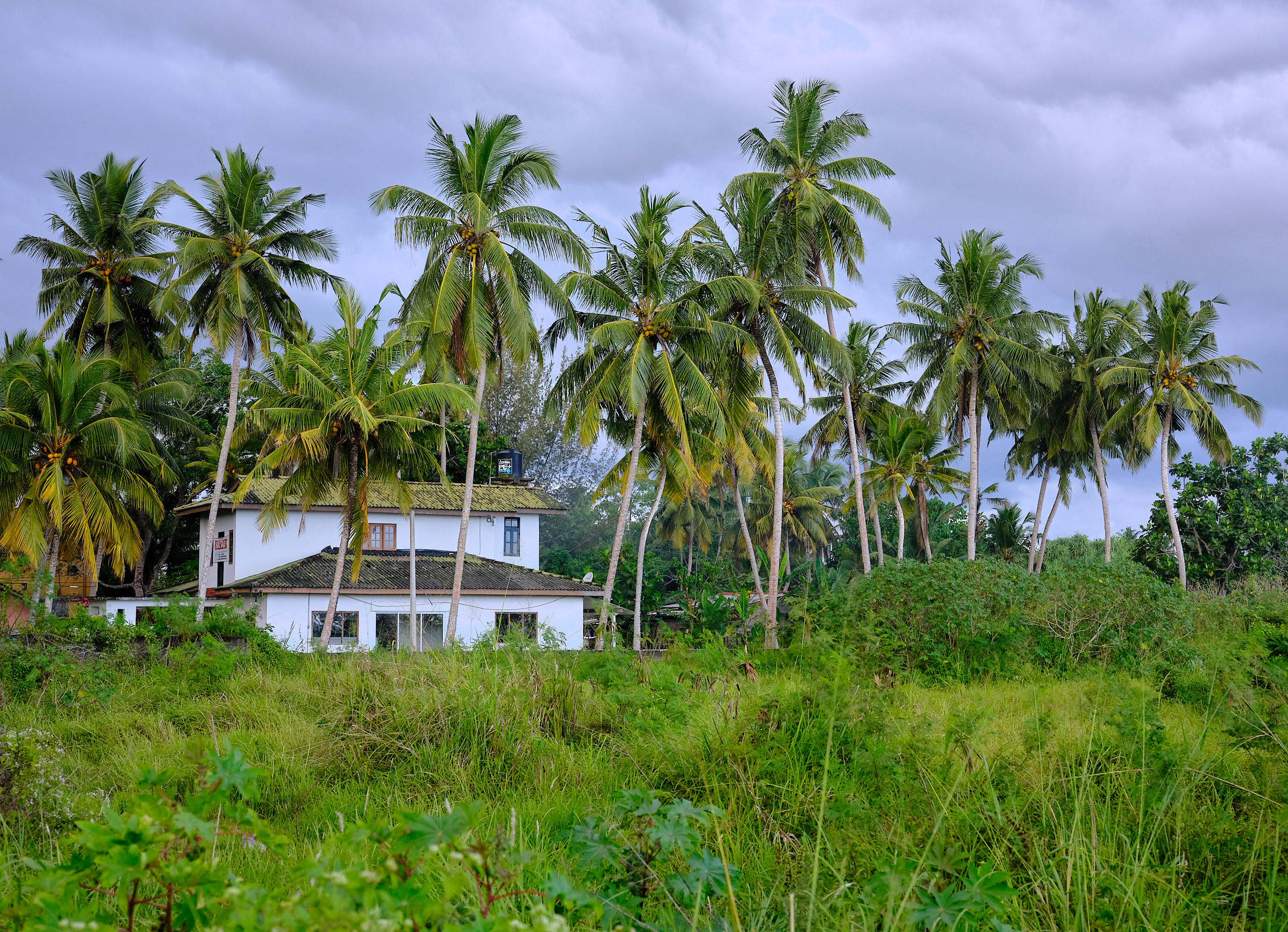
Mirrorless cameras have had a bad reputation for poor battery life. With having to keep the sensor active while the camera is on, it’s a given that mirrorless cameras cannot compete with DSLs for battery life if we hold battery size constant. However, the 50R comes with a rather large battery and I never found myself worrying about running out. I have the camera set to auto-power-off to 2 mins, power-save mode to on, and auto-standby to off. I also always turn the camera off when I’m not shooting (I think this helps a lot).
As happens during travels, I bumped the camera a few times into things; one time, it took a rather hard hit while I was standing in a precariously unbalanced position trying to take an image of my friend on a train between Ella and Nuwara Eliya. The train hit a rough patch of track and flung me sideways hard into seat rail. The camera faired better than I did! There was not even a scratch on it, so I think it will prove to be a pretty hardy camera.
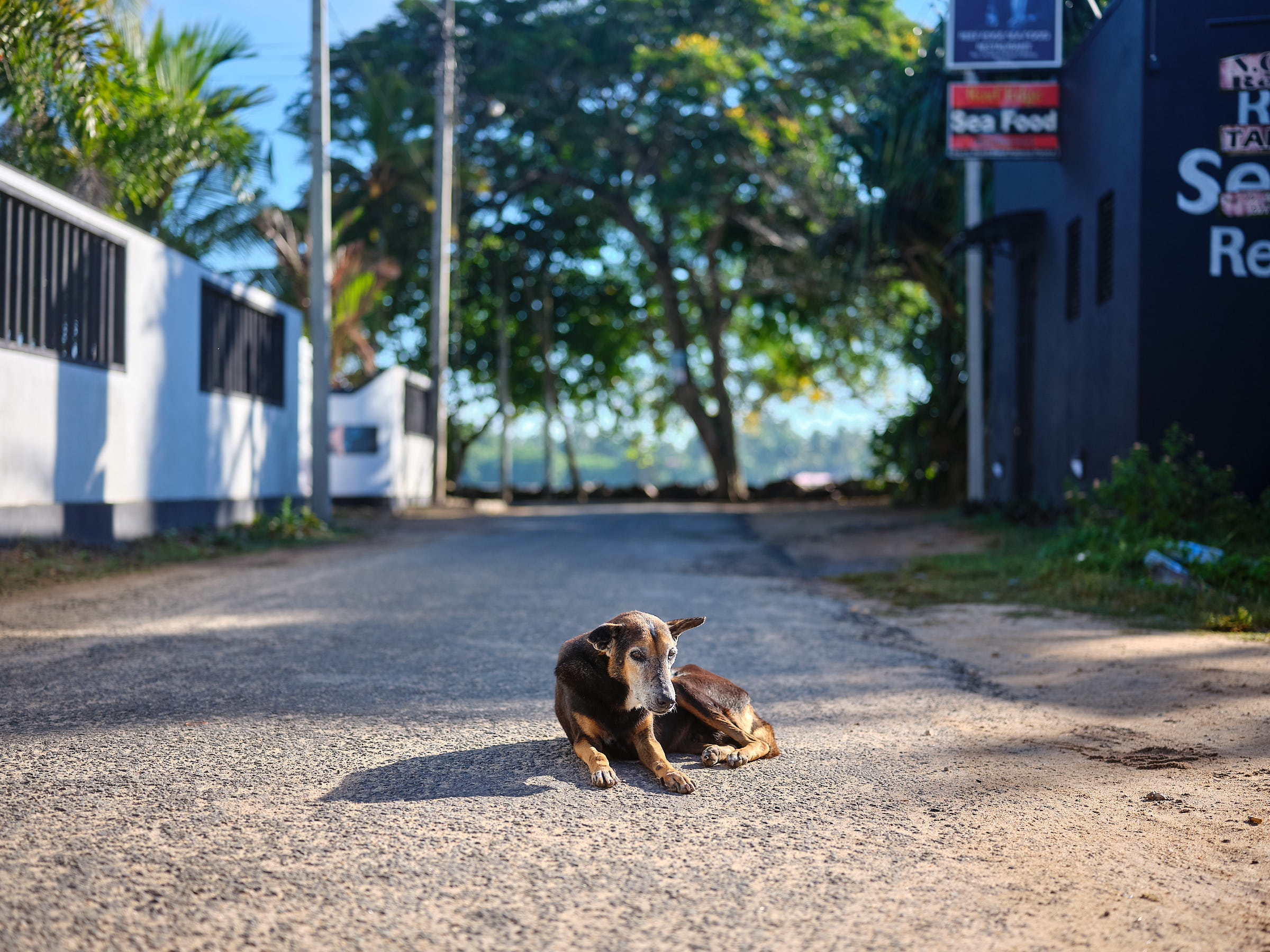
For the most part, the 50R acquitted itself very well as a travel camera in a tough environment. I took it on 15km walks every day around the cities we visited. I took it on a 9km hike to the “World’s End”, and climbed both the Sigiriya Rock and it’s neighbouring rock (which included having to do some bouldering) with the 50R in tow.
I never felt that it was too heavy to bring with me, but I did sometime feel it was a bit too big to take out to intimate dinners. During those times, I envied my friend for having brought his Leica M10. I had brought the X-Pro2 and logically should have used that for these moments, but I always reached for the 50R with the Voigtlander lens over the X-Pro2.


Now let’s focus on the not so good
The 50R is a big camera and it took some time to get into a groove with it when taking street portraits. Having come from the X-Pro2 and the M10, I felt somewhat uncomfortable shoving this big camera in people’s faces. This really was my own issue since my friend regularly put his giant Sony GM lenses in front of people and captured stunning portraits during our travels.
I’m a very shy person when it comes to taking people’s photos, so it’s already an anxiety-ridden experience regardless of the camera used. If you compare my Sri Lanka images with those taken in India, you will feel a greater distance to the subjects; this was entirely due to my discomfort with the larger camera. As time went on, I became more comfortable, but have still not fully overcome the anxiety.
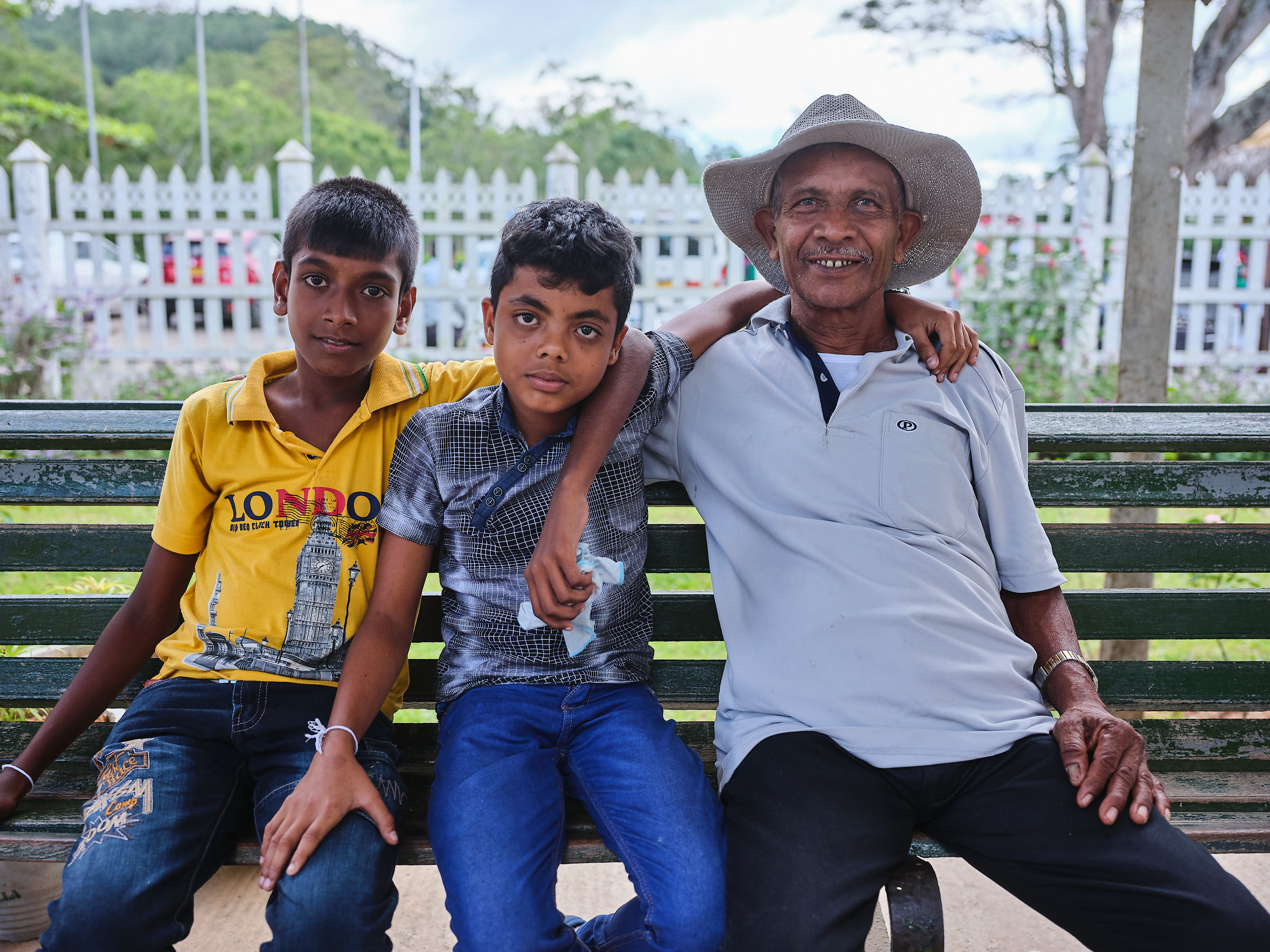
When using the camera out in the field, I noticed that card speed played a big role in how much I enjoyed using the camera. When using fast UHS-II cards, the camera never got in the way of shooting and chimping, but when I filled that card up and it switched to the 128GB UHS-I card, the camera became noticeably slower.
It was irritating waiting for the image to come up when wanting to check focus. I’m going to do more testing to see if this is a card issue or a camera issue because something doesn’t add up, given that even my UHS-I card is capable of 100MB/s. The card in question was a Sandisk Extreme Pro 128GB UHS-I card.
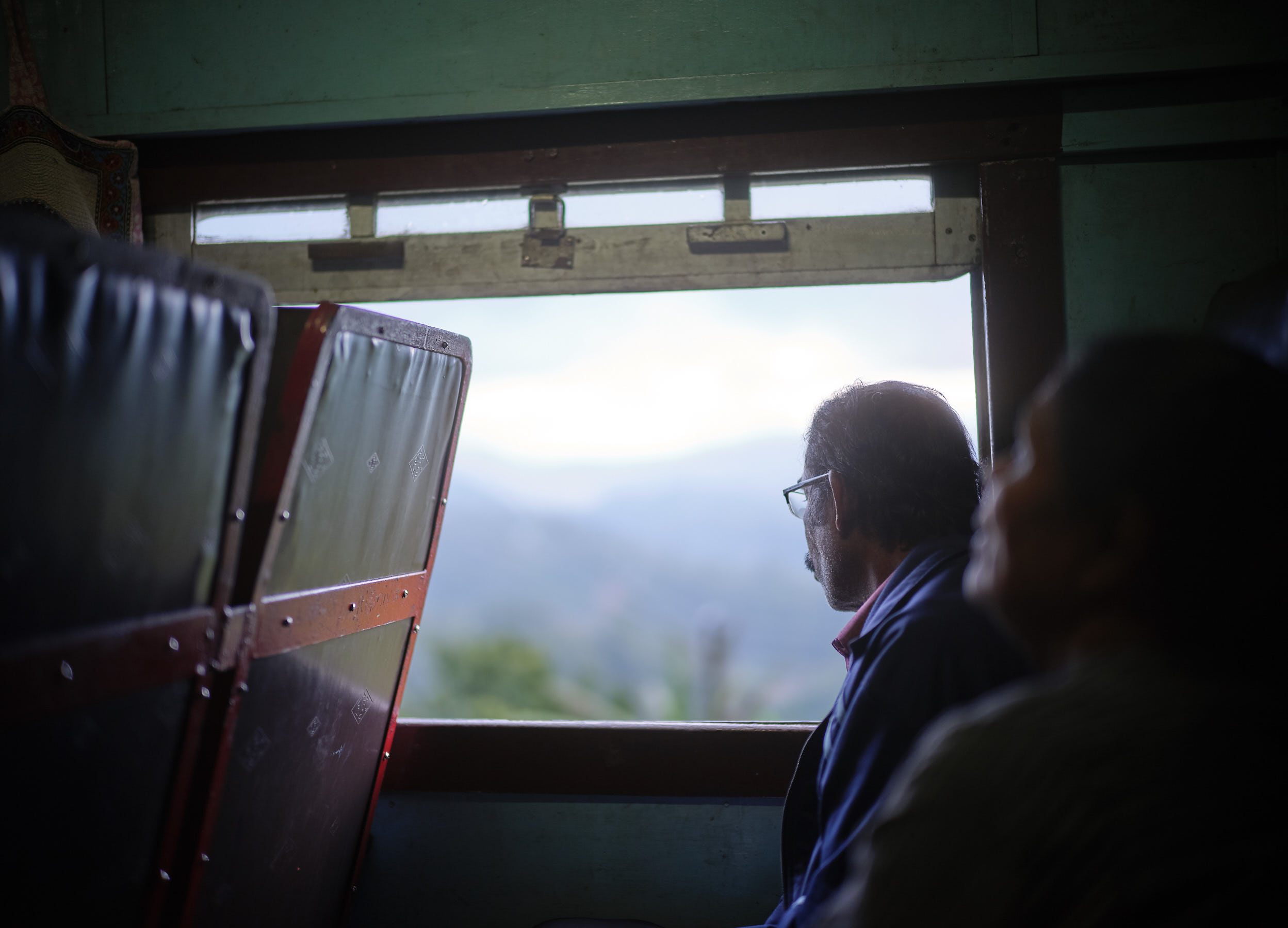
The touch-screen is nice for moving the focus point around, but otherwise seems to come in the way. I accidentally changed the White Balance settings a few times and believe this happened by accidentally swiping from the left. When I’ve wanted to use face detection, the swipe from the right has been so unreliable that I’ve added the function to “My menu” to make it easier to toggle.
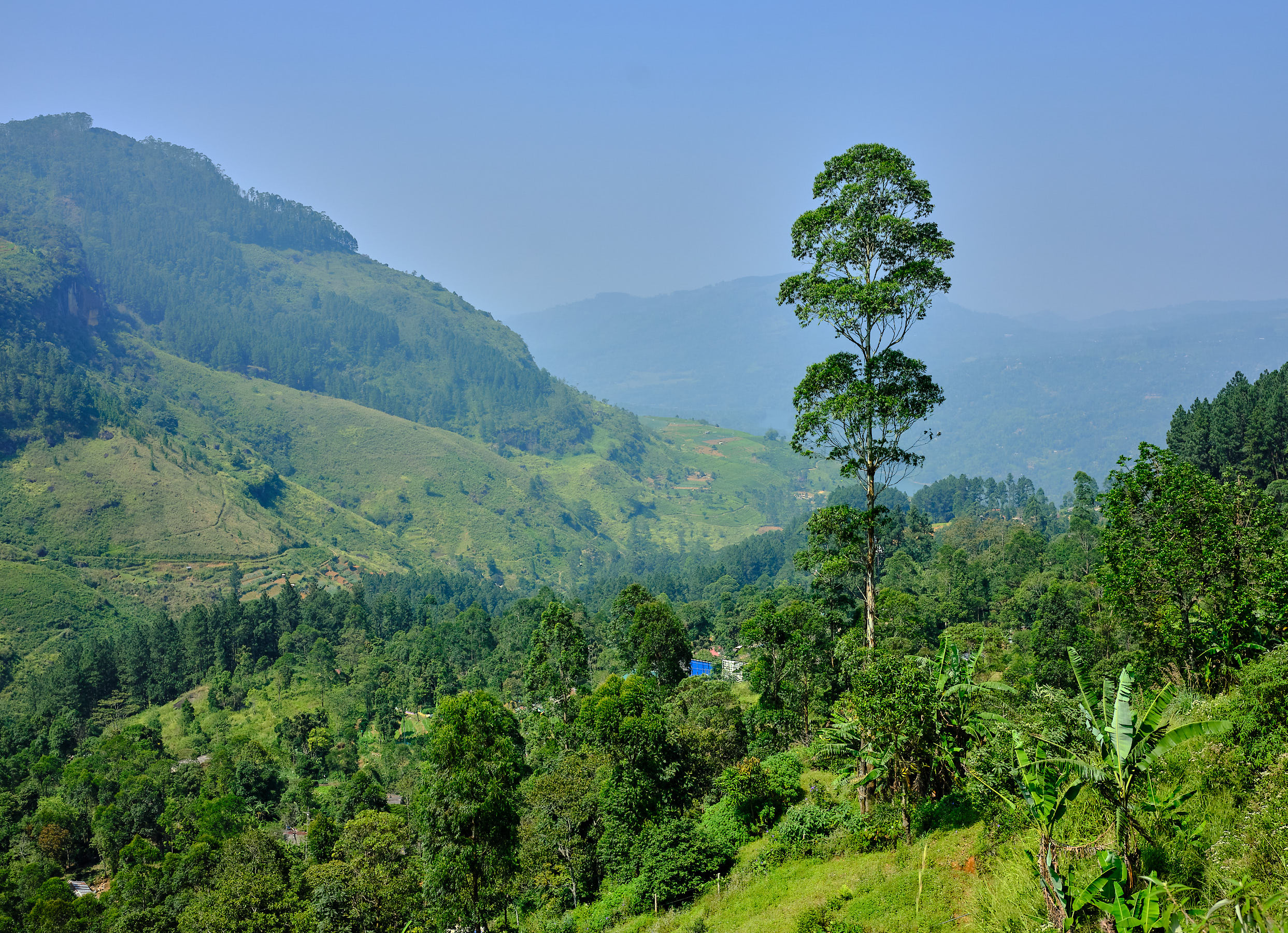
The incredible resolving capability of this camera mated to Fujinon lenses means that you can be sloppy with composition and crop later. I found myself not getting close enough to subjects and took several images that look good on a large screen, but don’t look good on a smaller phone or tablet screen.
If you post to Instagram or other online platforms, you should consider scaling the images prior to posting them online. As an example, the resampling algorithm that Instagram uses does not work well with the 50MP files. You’re much better off to scale them down before uploading to Instagram, or the files lose their crispness.

Summary
The 50R continues to grow on me and I can’t imagine anyone being unhappy with this camera. Whether you use it for travel, studio, or for taking images of your family and pets, I think you’ll be exceedingly happy with this camera.
My friend with the A7R3 spent most of the trip using his new Leica M10. He captured and produced some stunning images which you can see on his blog here. A number of times, he mentioned that he now wants to get the 50R. If he didn’t already haven arsenal of GM lenses, I’m sure he would have a 50R on order today. I can’t think of a better endorsement than that coming from someone who already owns some of the world’s best cameras and lenses.

Since I rarely used the X-Pro2 on this trip, for future trips, I’m sadly going to leave it at home and will take the M10 instead. I can use the GFX for 90% of the time and the M10 for those intimate spaces. I can also consolidate the lenses I need to carry since the Voigtlander and Summilux can be used on both bodies. Finally, I’m going to attempt to take the GF110 on my next trip. There were a number of times I wished I had brought a portrait lens.
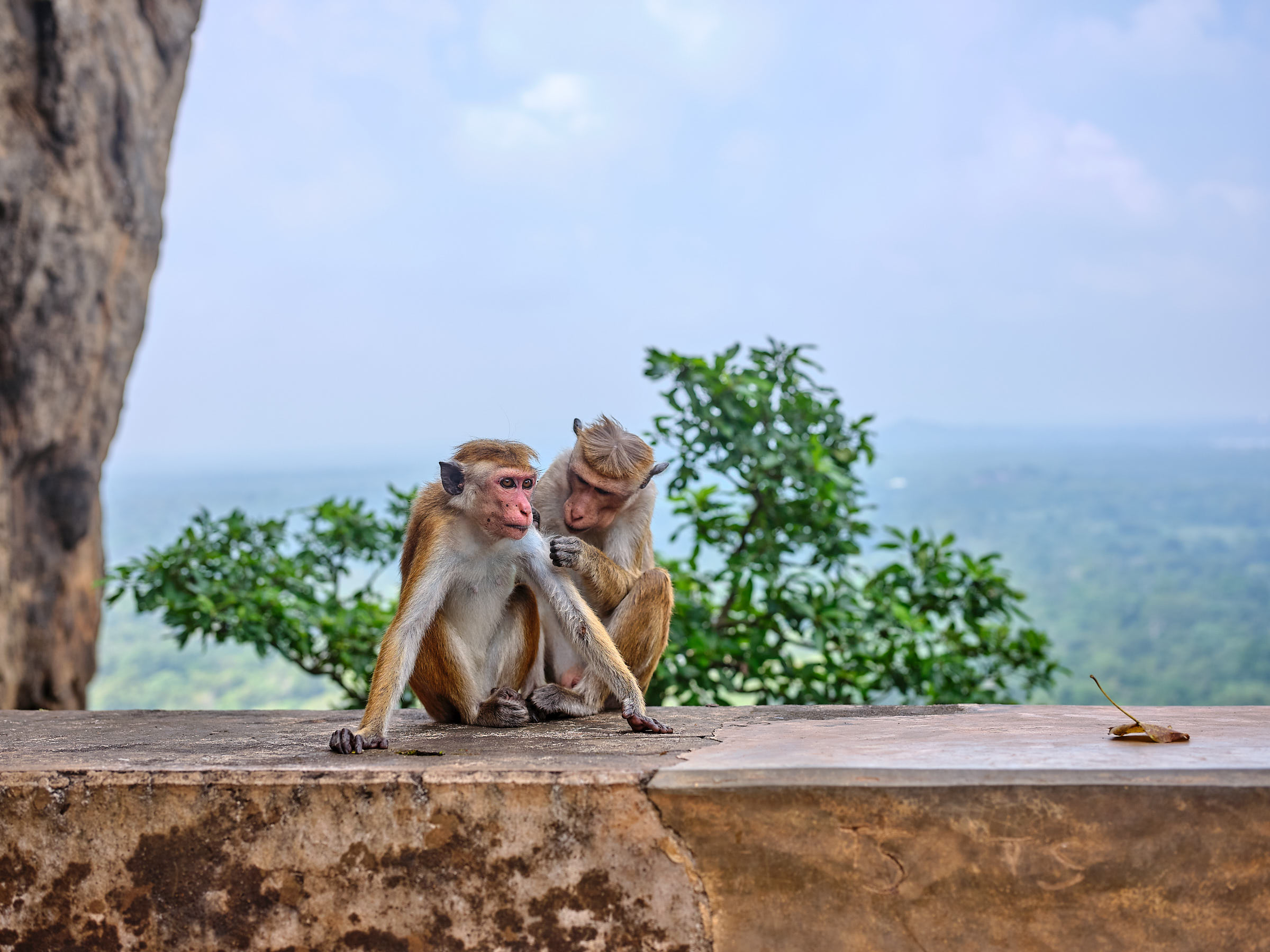
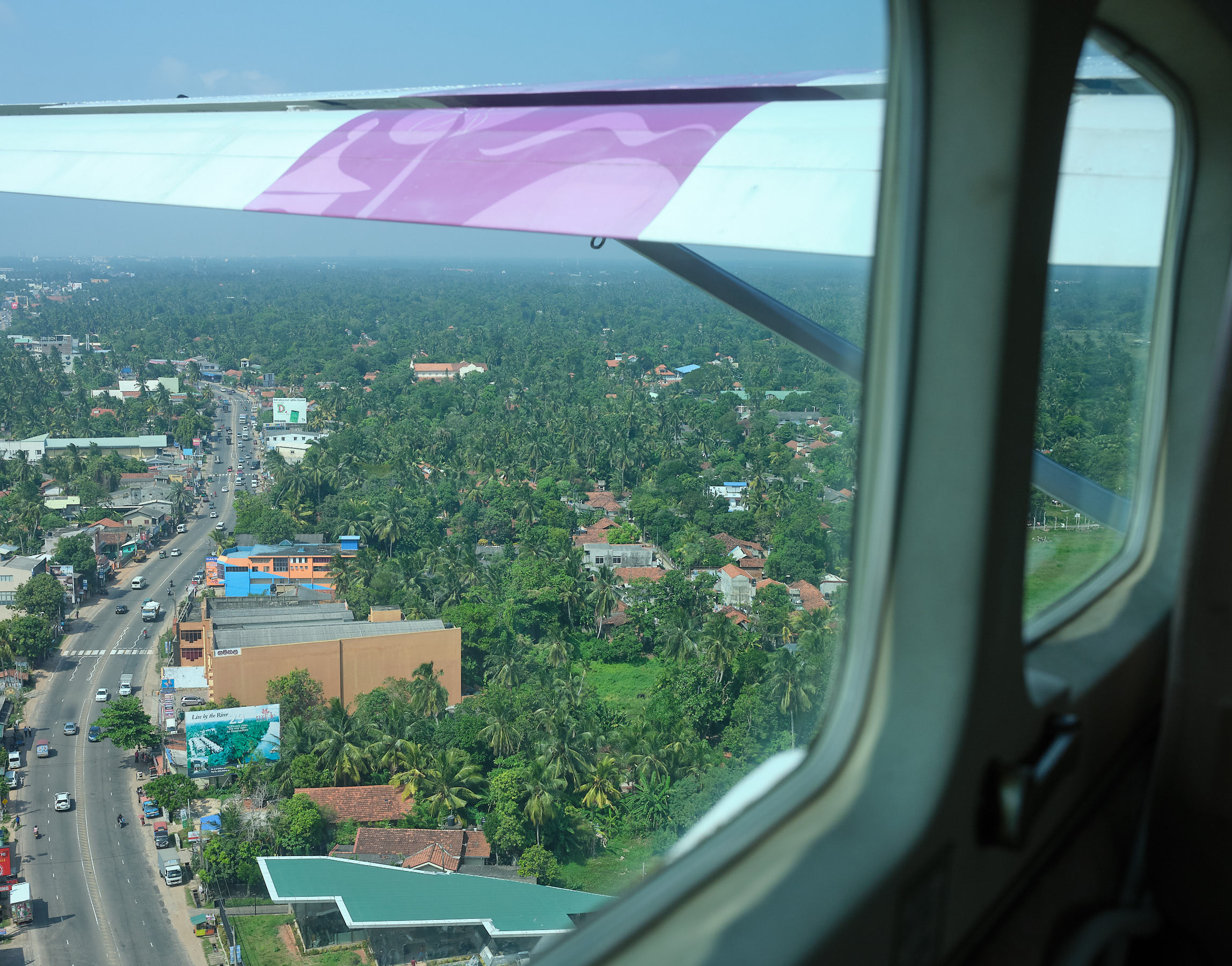
Since people always ask what gear was taken on the trip, I’ve compiled the rather embarrassing list below. This was mostly packed into a Peak Design 20L Everyday Backpack, with the tripod, flash, 55-200, and 16 in the checked luggage.
What I took on this trip:
- Fujifilm GFX50R camera
- Fujinon GF63 lens
- Fujinon GF45 lens
- Fujifilm X-Pro2 camera
- Fujinon XF16 F1.4 lens
- Fujinon XF23 F2 lens
- Fujinon XF55-200 lens
- Voigtlander Nokton 50MM F1.2
- Leica Summilux 35MM FLE
- Kipon M to Fuji X adapter
- Kipon M to Fuji G adapter
- Godox V350F flash
- Sirui T2205X carbon tripod
What I’ll take on the next trip:
- Fujifilm GFX50R camera
- Fujinon GF63 lens
- Fujinon GF45 lens
- Fujinon GF110 lens
- Leica M10 camera
- Voigtlander Nokton 50MM F1.2
- Leica Summilux 35MM FLE
- Kipon M to Fuji G adapter
- Godox V350F flash
- Sirui T2205X carbon tripod
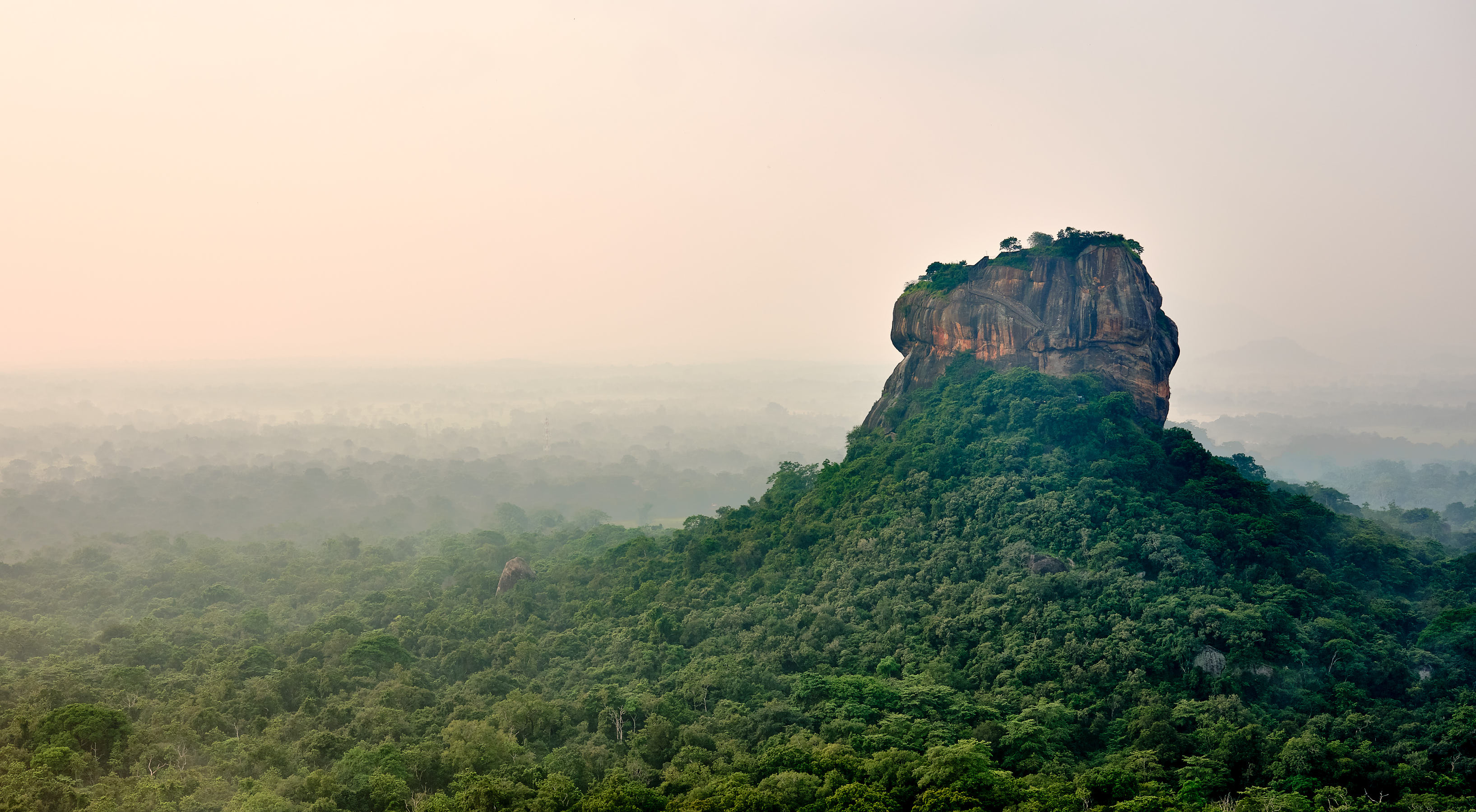
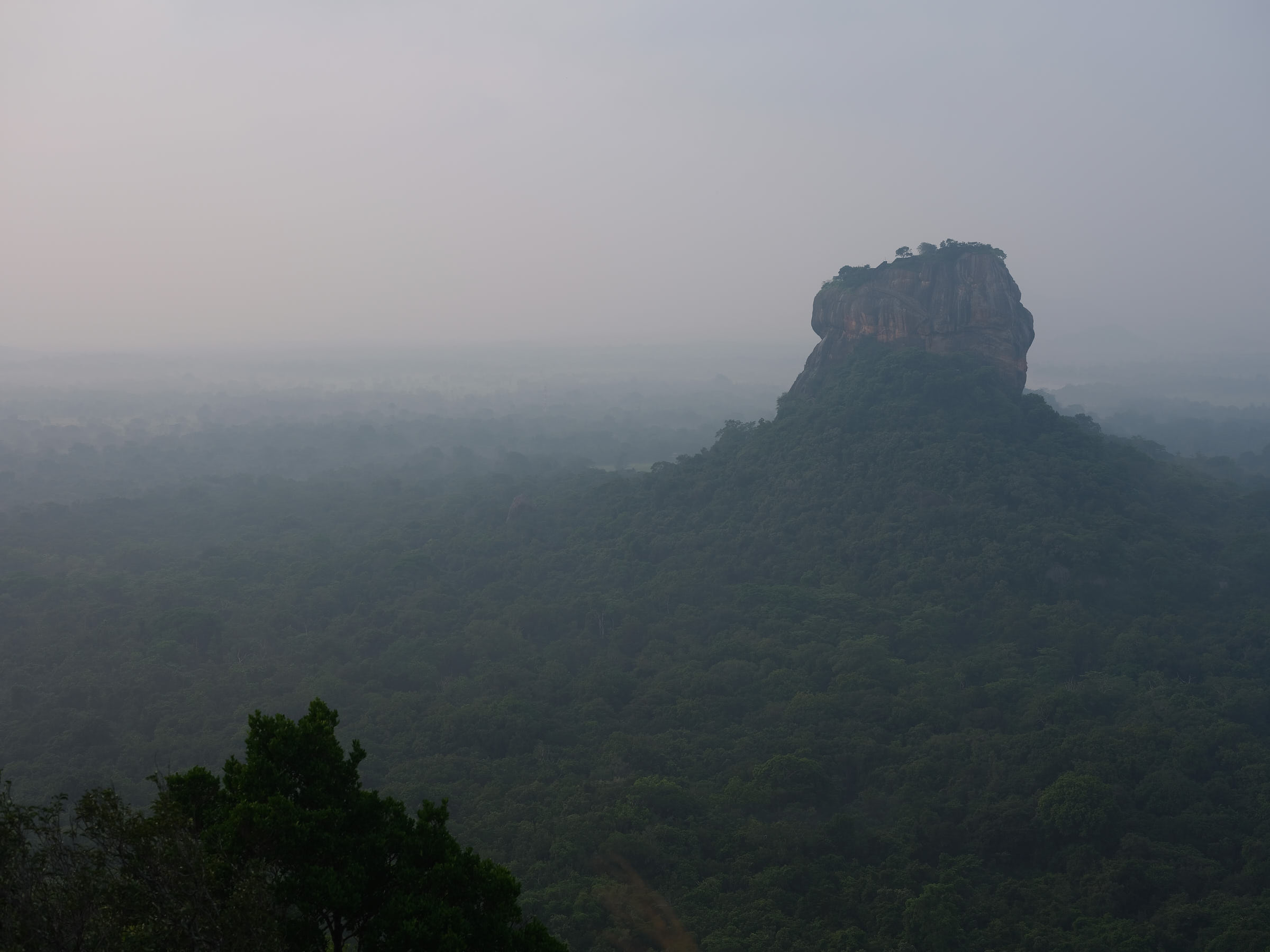
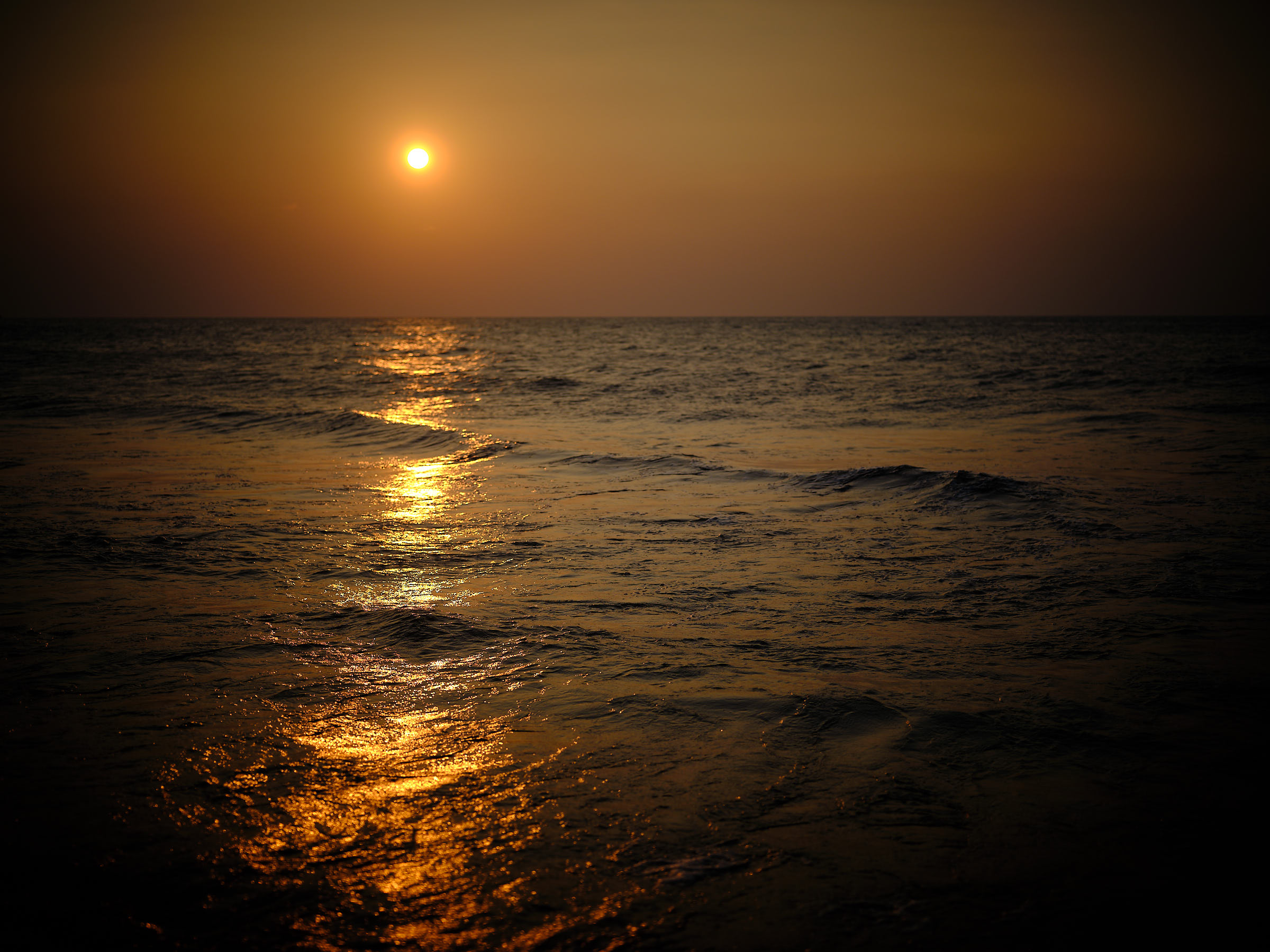
I hope you’ve found the above useful. I’ve tried to include a variety of images to help in your evaluation of the GFX 50R as a travel camera. As always, I appreciate your comments below and will do my best to answer any questions you may have.
Discover more from fcracer - Travel & Photography
Subscribe to get the latest posts sent to your email.
Hi;
I hope you are doing great these days.I am a gfx 100 user with 23mm 32-64mm 110mm and 250mm for landscape photography.I am very happy with the setup but for casual or travel photography it is very heavy and big to carry(i have carried Leica M and 50mm apo for years) .So i need a second body.I have two options.
1.Upcoming Fuji X100V
2.Gfx 50r with 45mm (63mm is also suitable but as i see you use 45mm more because of it is quality)
What would you suggest?
By the way thank you for the great reviews.
Hi Ahmed, thanks for commenting and for the kind words. Congratulations on being the owner of a GFX100! That has to be the ultimate camera to use for landscape photography. In regards to your question, it’s a tough one, but I think the answer comes naturally when I take into consideration your use case: 1. as a second body, and 2. for casual and travel photography.
Given that you will still have the GFX100, I think the best second camera would be the X100V. The only caveat is that you’ll have to promise yourself to not view the X100V images at 100% side by side with your GFX images, but rather view the images as you’d consume them. I’ll give an example; if I take the same image with the X-Pro2 and the GFX 50R and look at them on the screen at 100%, I’m always disappointed with the X-Pro2. However, if I print the same images at up to A2 size or view them on a 27″ iMac screen zoomed to view the whole image, I find both images pleasing and of high quality.
I have an X100V pre-ordered to use as a truly portable camera that I can keep inside a messenger bag and take everywhere and anywhere. The M10 will still be my travel camera to use alongside the 50R, but I’m going to find a way to include the X100V into the mix.
If you didn’t have the GFX100 and wanted a “do-it-all” travel and landscape camera, I would have highly recommended the 50R and GF50 lens combination. It’s not that much bigger than an X-series camera, but provides excellent resolution and very good subject isolation (the 50MM lens equates to 26MM F1.8 on the APS-C system).
Hope the above provides some help for your decision! Good luck and let us know what you decide on.
Thanks for your reply really appreciate that. I’ve decided to go for the 50R for that image and print quality. I like the idea of adapting some manual lens like you did with the Voigtlander 50. How was it using that lense? Any heavy vignetting using that lens does it cover the sensor fairly good on the 50R?
I have really enjoyed your perspective on the 50R over the last couple of articles, they have been great. I’m curious how the GFX has affected the use of your M10. Especially since now you starting to leave the X-Pro2 more and more at home. I’m too considering the 50R and you have expressed a lot of the sentiments that I have on the 50R especially when it comes to size, the handling, and lenses sizes when traveling. I currently have an opportunity for a 50R and two lenses or a possible M10 with one lens lol! But I seem to be torn on which way to go. I currently shoot with a Leica Q that I picked up 2 months ago and love it and my second system is the X-T3 with an assortment of lenses. I’m leaning more towards the 50R because it gives me something really different from what I have, where as the M10 would similar in image output to what I already have. Curious to hear you le thoughts on this. But anyway thanks for the real and honest write ups on the 50R.
Hi John, thanks for your the feedback. The choice before you is a tough one, but a great one to have! The M10 is a very special camera and one that you’ll buy and keep for years and years; it gets under your skin in a good way and somehow has a personality. Like all things with personality, it can be very fulfilling to work with, but also very frustrating. The 50R on the other hand is like a super tool; you can create masterpieces with it, but you’ll likely trade it in when the 50R2 comes out.
Perhaps I’m the worst person to help with your tough decision, because as you saw with my camera list, I was unable to make the same decision and kept them all instead. However, based on what you’ve written above, I think the 50R will provide you with more benefit than the M10. You already have the Q so you can experience the Leica build quality and magic when you desire it. The M10 doesn’t produce images that are noticeably better or different than the Fuji X-series, whereas the 50R produces mind boggling, giggle inducing, pixel peeking image quality nirvana.
Good luck with your decision and please let us know what you ultimately decide. Maybe I can throw a wrench into the works; Leica lenses don’t depreciate much at all. If you can buy the M10 body and lens used, there’s a good chance you can get back >90% of the purchase price in a year or two. You can buy the 50R at the current discounted price *and* buy the M10 + 1 Lens (if you buy used); if you don’t use the M10 much, you can always sell it for near purchase price in the future. Then the only cost is the slight depreciation and the cost of capital (let’s say 4.5%). Total cost would be $1000 depreciation and $450 in cost of capital on the $10k purchase, so ~$100/month to own the M10 combination.
Fantastic write up and a very useful information on GFX 50R use.
Many thanks for your insight and for the hints about the camera and Capture One tweak.
Happy New Year,
Tonino.
Thanks Tonino. The Capture One tweak came from James in the note above. All credit should go to him.
Further to our recent email exchange, for others’ benefit, here’s how to get the lens profile to Manufacturer Profile on import. You first need to pick any image in any session, click the lens tab and choose Manufacturer Profile as the profile. Then, go to the little hamburger menu for the lens tool tab (the three stacked horizontal lines) at the top right of the tab and choose “save preset”. It’ll bring up a box with all the parts of the tool that you want to save as a preset. Make sure all the things are clicked that you’ll want and then save it. Give it a name like “Manufacturer Lens Profile” and you’ll see that by default it’ll save it under Lens Corrections.
Next, when you import files via the import dialog, you’ll see a tab on the left towards the bottom of that window called “Adjustments”. Next to “styles” in that tab you’ll see a drop-down with “None” pre-selected. Click the drop down, and under User Presets > Lens Correction > you should find your Manufacturer Lens Profile preset. Choose that and import all the images. You should find that all of them are now using the Manufacturer Profile under the lens corrections tab.
You can also stack additional styles and presets for adding on import so it’s quite a powerful technique for automating some initial adjustments.
James, thank you for the clear instructions on how to use Fujifilm’s distortion corrections. It worked perfectly on importing the images.